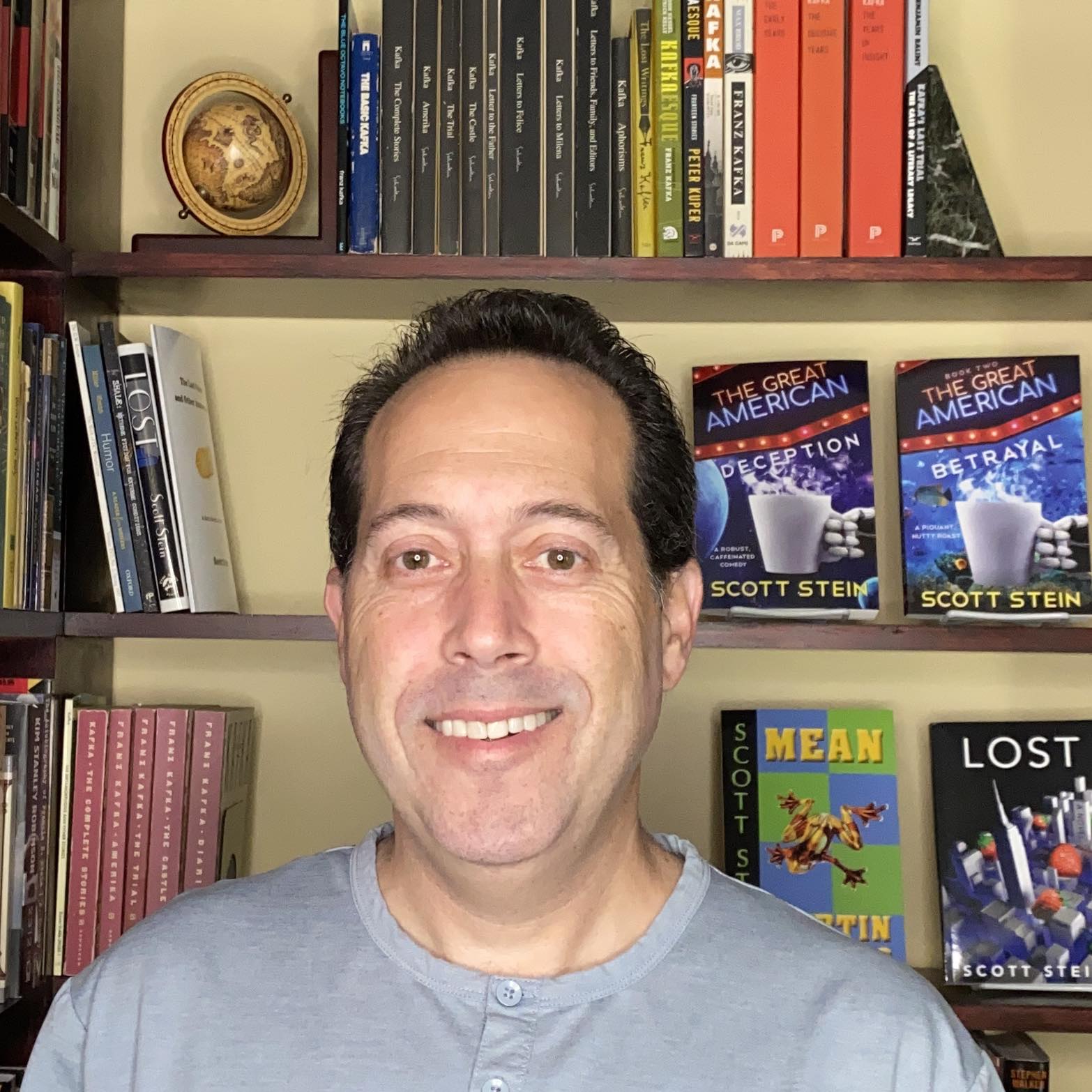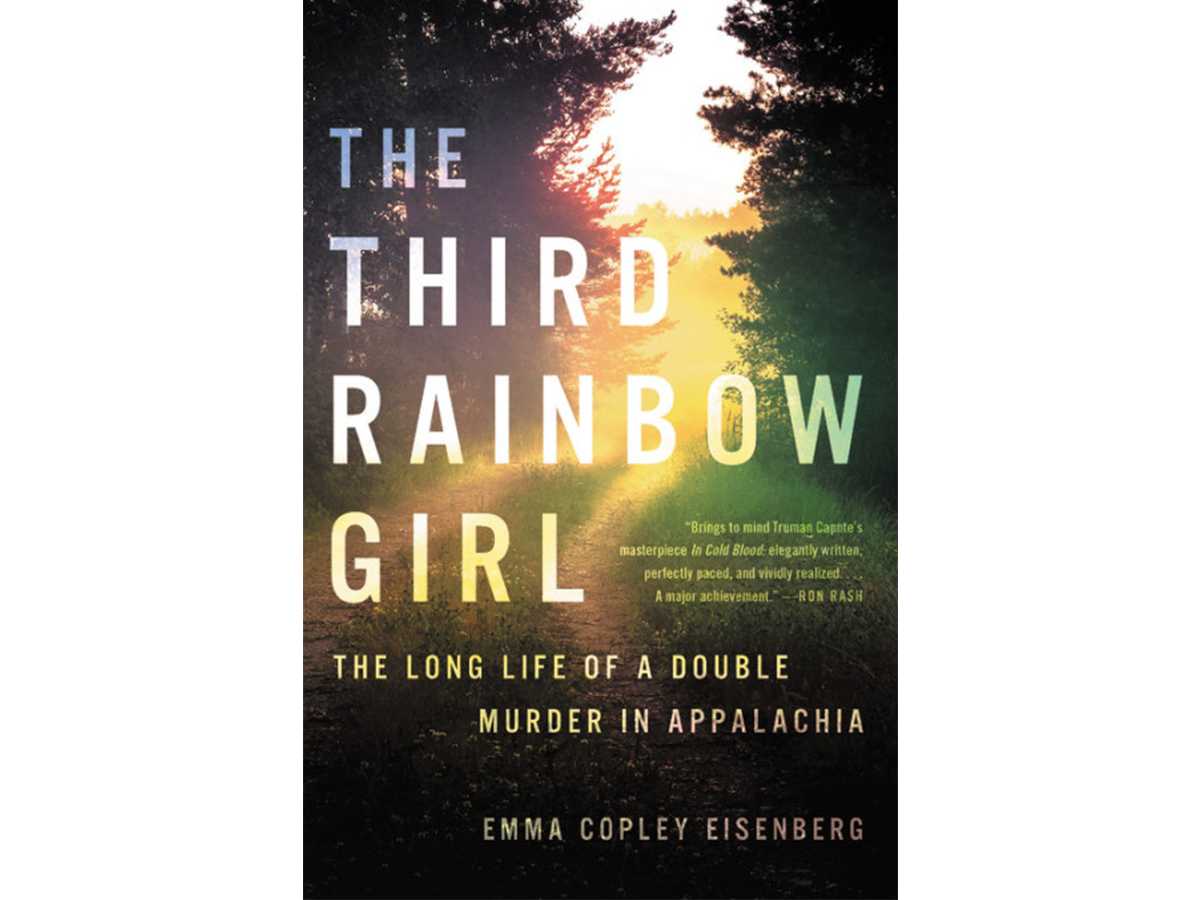I was a little annoyed with the New York Times last week. In their January 20, 2020 rave review of Emma Copley Eisenberg’s The Third Rainbow Girl: The Long Life of a Double Murder in Appalachia, they said it takes a “prism-like view of the crime.” They were right. This is indeed a book that takes a multifaceted view of the 1980 murder of Vicki Durian, 26, and Nancy Santomero, 19, who were killed while hitchhiking to the Rainbow Gathering, a sort of hippie festival, which that year was happening in Pochahontas County, West Virginia.
I was annoyed because I had been trying to avoid other reviews of the book so my own review would be fresh and original, but I came across the Times quote on Twitter and now I couldn’t unsee it. It so happens that in my first-paragraph draft of a review of Eisenberg’s The Third Rainbow Girl, I had already described the book as “a chameleon” and was trying to work in “prismatically” to convey the range of approaches it takes to its subjects. I thought it was a clever play on Rainbow. I had even considered using an extended painting metaphor (but maybe that would have been going too far). Anyway, when I saw that “prism” wasn’t original at all, I scrapped that draft and started over.
More reviews of The Third Rainbow Girl kept coming—high praise from major publications all over the country. It felt almost like Philadelphia’s whole literary scene was getting rave reviews, since Eisenberg isn’t just a local writer, but the Director of Blue Stoop, “A Home for Philly Writers” whose “mission is to support writers and readers from all walks of life who live in Philadelphia.” They do wonderful work promoting local writing and offering classes, and her name has become synonymous in my mind with the Philadelphia literary community. That’s how central Blue Stoop has made itself to local literary life in the short time since it started in 2018.
Because we officially launched Write Now Philly on January 23, just two days after The Third Rainbow Girl was officially published, I was on Twitter constantly last week, trying to let the world know about our existence, when so many people were retweeting the rave reviews of Eisenberg’s book. I couldn’t avoid seeing that much of what I wanted to say about it was already being said in bigger publications, by writers who were more knowledgeable than I am about the region and issues The Third Rainbow Girl examines. As reviewers have noted, Eisenberg is not content to write a book that falls too neatly in any genre or category. Yes, this a true crime story. It’s also a personal memoir. But it’s more than either of these.
Google the book and you’ll find reviewers praising The Third Rainbow Girl for its rigorous and comprehensive presentation of the facts and the history and social conditions of Pocahontas County and the people who live there. I agree with that assessment, but what struck me the most was the fairness—even generosity—Eisenberg demonstrates when writing about people, some of whom others might say don’t deserve it. There is remarkable openness and empathy toward fellow human beings on display throughout the book. I learned not only about the details of the crime and trial, but about an entire community, and also gained an unexpected understanding of the author as a person.
But let me focus on the author as a crafter of sentences. If I could highlight one thing that maybe some other reviewers have not, it would be Eisenberg’s delightful prose. Though the subject is serious and many of the events depicted are sad or intense, I found myself smiling at playful language, such as when one expert witness, Dr. Irvin Sopher, is described as having “a face so pink it looked slapped.” And I smiled again in the same paragraph at the perfect pop culture reference to Dr. Sopher’s use of “elegant jargon like the television doctor Quincy.” But I actually laughed a page later, when the doctor is less persuasive and we are told, “He is not Quincy after all.”
I would recommend this book even to people who have no interest in the Rainbow murders or true crime stories, for the enjoyment I got from the quality of the writing alone. I have already returned to The Third Rainbow Girl, opening a page at random, just to take in a well-crafted sentence.
The Third Rainbow Girl
by Emma Copley Eisenberg
Hachette Books
Published on January 21, 2020
336 Pages

Scott Stein is the author of four novels: The Great American Betrayal, The Great American Deception, Mean Martin Manning, and Lost. His writing has appeared in The Oxford University Press Humor Reader, McSweeney’s, Points in Case, Philadelphia Inquirer, National Review, Reason, Art Times, Liberty, The G.W. Review, and New York magazine. Scott is Teaching Professor of English at Drexel University, Director of the Drexel Publishing Group, and Founding Editor of Write Now Philly. He tweets @sstein.
